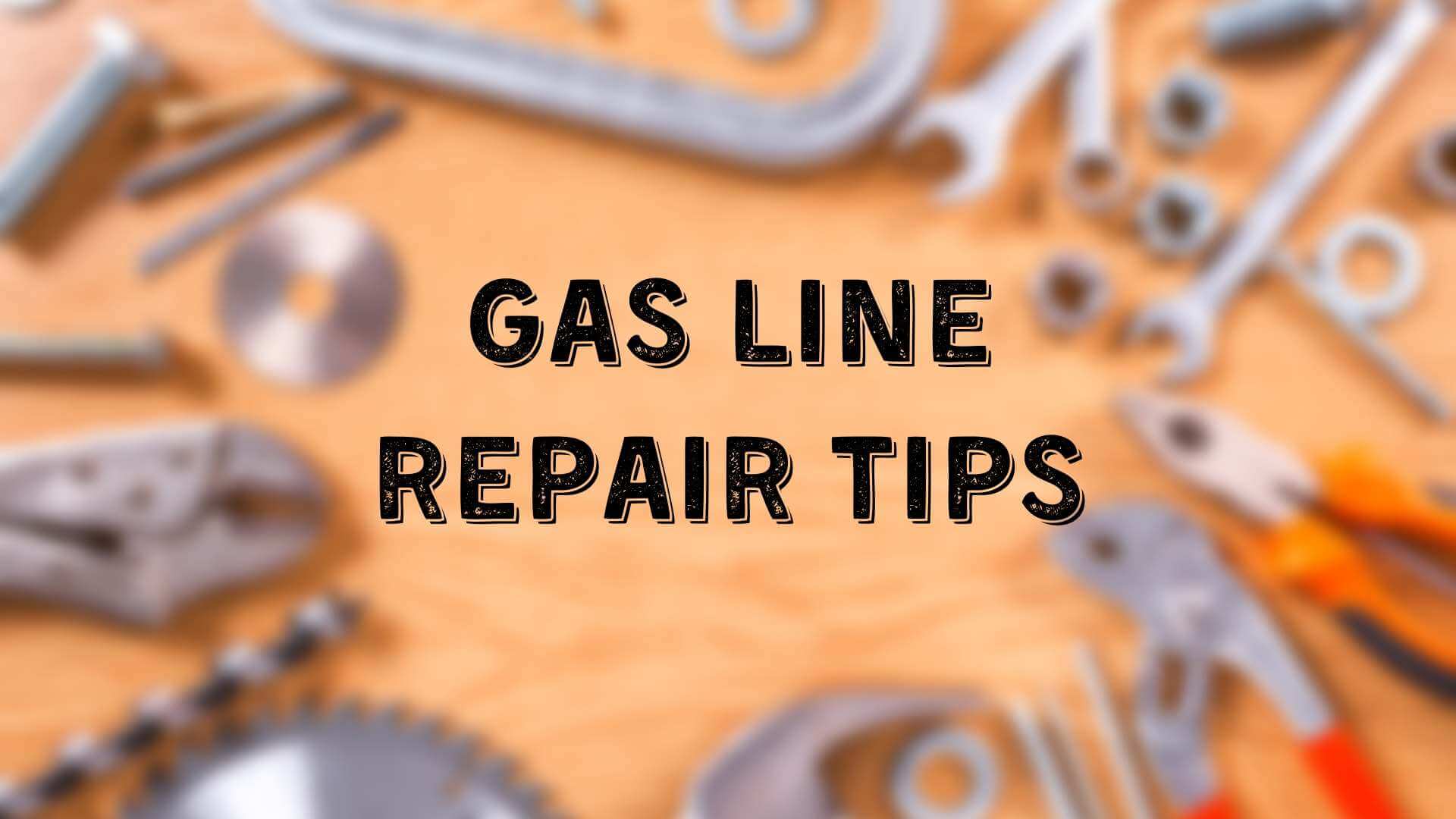
Working with your gas line is best left to professionals. A broken or leaking gas line can prove to be disastrous for both you and your family. It can cause serious health and safety problems. Luckily, there are signs that can indicate that your gas line needs to be repaired so that it won’t be a threat to your house. Let us have a look at the signs of a gas leak in your home:
- Gas Smell
- Unusual Noises From Appliances
- Increase In The Monthly Bill
- Hissing Sounds Coming From Gas Lines
Gas line leaks can be catastrophic for you and your family. Therefore, immediate action should be taken to prevent further problems. You should follow the 10 steps below accordingly to repair gas line leaks:
Step 1 – Turn off the Gas
Do not forget to turn off the gas as working with it is very dangerous.
Step 2 – Remove the Covers
Gas lines have outer covers that are mostly made of plastic. Remove them to expose the gas pipes underneath. You should always wear gloves and put on a gas mask since inhaling such gases is risky for your respiratory system.
Step 3 – Detach the Gas Line
The high pressure inside the pipe results in a gas line leak. Removing the low-pressure gas line from the gas regulator can help you repair the leak.
Step 4 – Remove The Residue Gas Pressure
Remove residue gas to relieve the pipe. You have to crack the line fittings that are present in the high-pressure line to remove the residues. You will need the help of a wrench to perform this task.
Step 5 – Clean the Line
It is important to remove impurities from the high-pressure line. Use acetone to remove impurities.
Step 6 – Scuff the Surface
Use sandpaper and scuff the surface to even it out. Scuff the gas pipe too and then clean them again using the acetone.
Step 7 – Attach the Gas Line
While attaching the gas line, ensure that you fit it loosely since tightening it may cause new leak points. Use the rubber tape to seal the leaks. Also, make sure that the angle is right and that the high-pressure gas line does not interfere with the low-pressure gas line.
Step 8 – Apply the Epoxy
Place the epoxy on the gas line to cure and hold firmly. Subsequently, tighten the fittings on the high-pressure gas line once cured. After everything is done, its time now to reinstall the low-pressure gas line.
Step 9 – Test the Gas Lines
Testing the gas line is essential to ensure that the repair process was successful. Thus, turn on the gas and check for leaks. If there are any leaks, repeat the process of sealing the leaks until you are satisfied that there are no more gas leaks.
Step 10 – Reinstall the Covers
Finally, it’s time to reinstall the covers that you removed at the initial stage. If you perfectly complete all the steps, you can assure that there will be no more gas line leaks in your system.
End Words
It is crucial to always have an eye on the gas lines at your house. Moreover, a gas leak is a serious problem that needs immediate attention. If you smell gas in your home, quickly leave and seek professional help. Call Plumbing 911 today and have your gas lines inspected for leaks and potential needed repairs. Plumbing 911 has licensed plumbers who are certified to work on all gas line repairs in Cleveland, Akron, Medina, Canton, OH, and surrounding cities.












